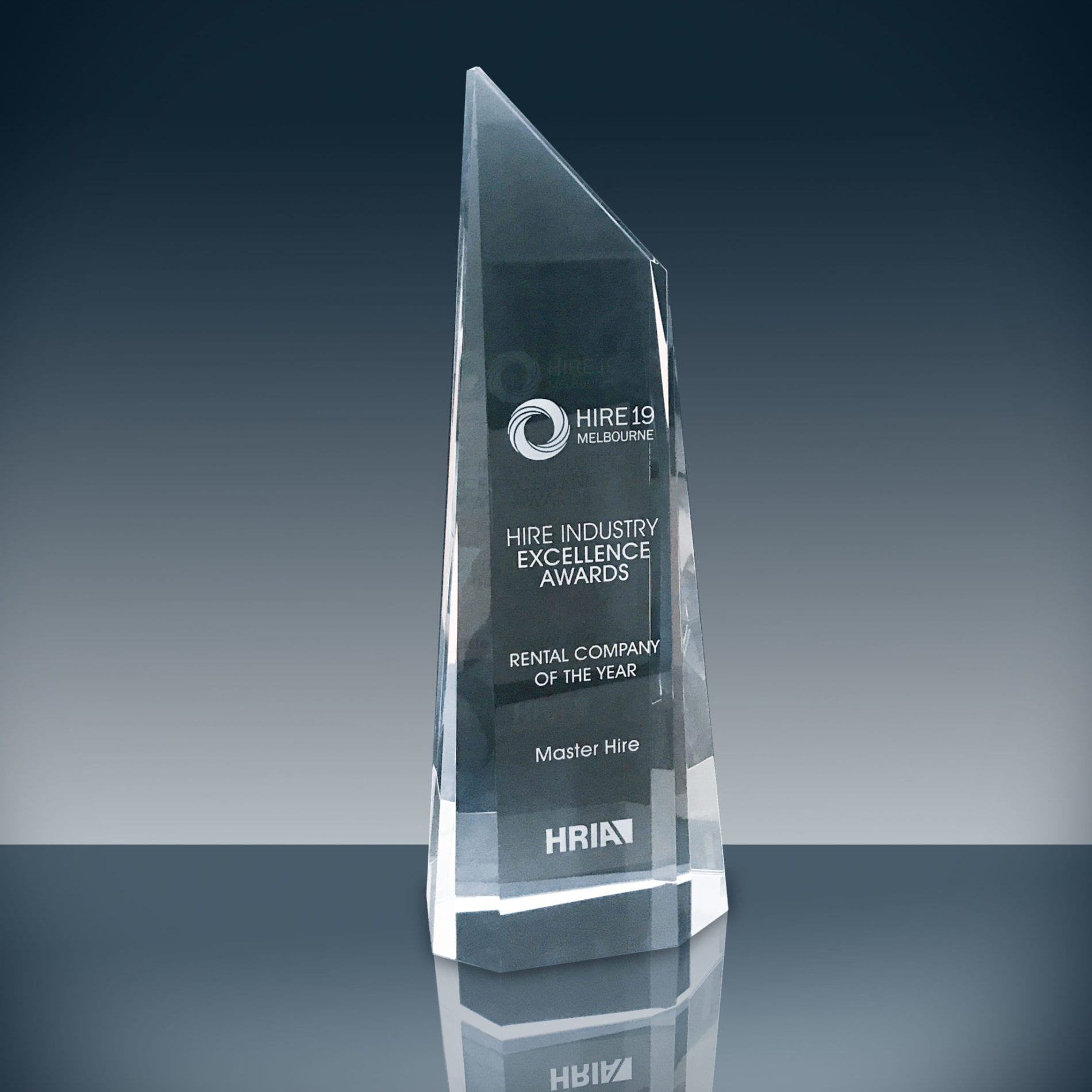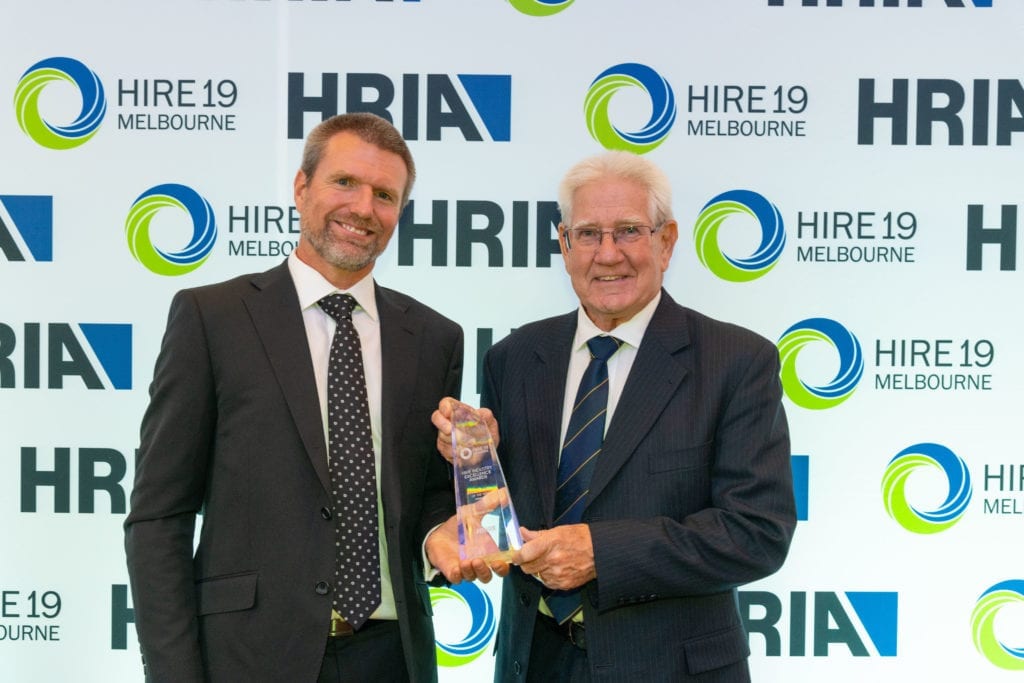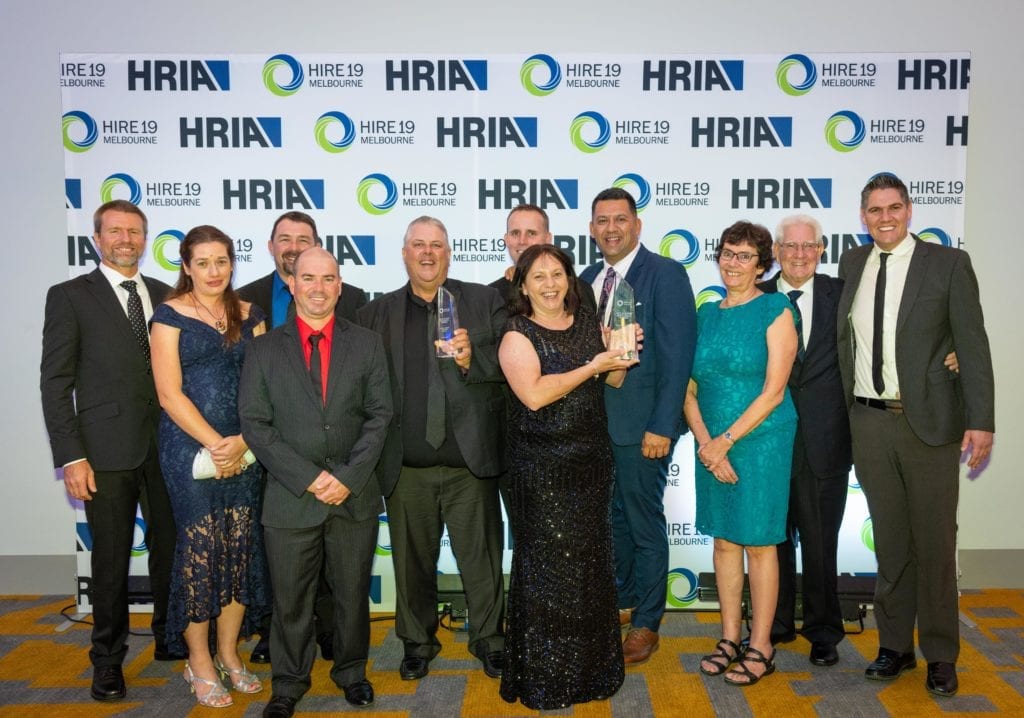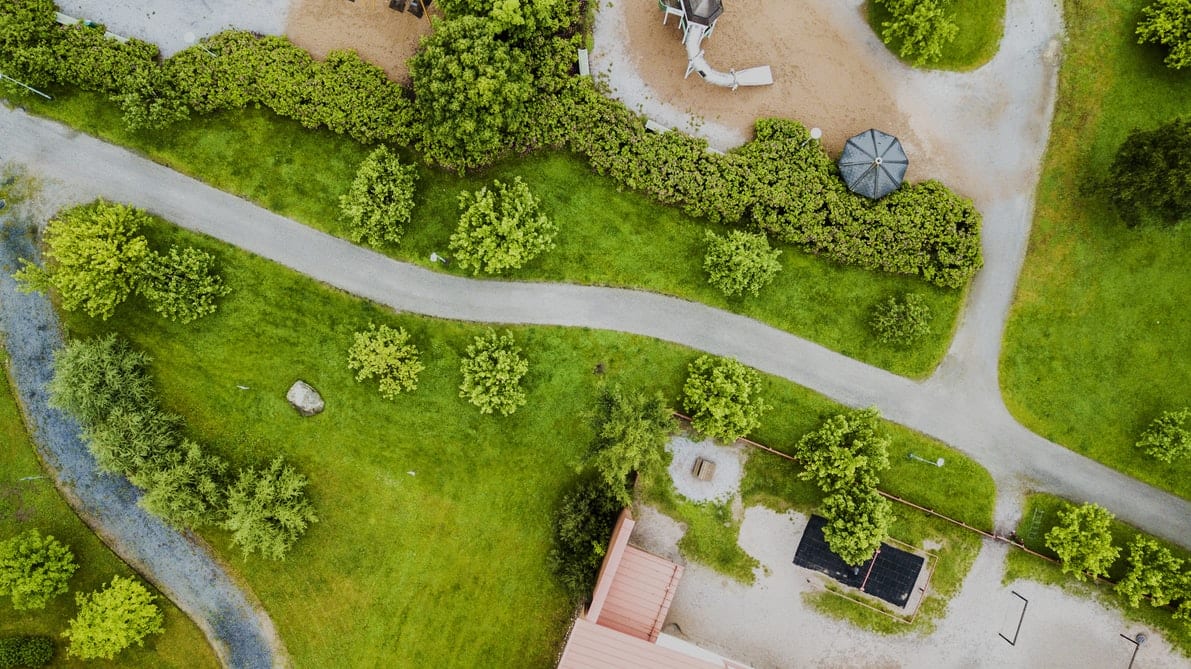
A large heavy plate compactor is often used to compress different types of soils and gravel. These units have a large motor mounted on top of the plate that is used to vibrate the plate. Compaction is one of the most important steps in any construction project. It provides the stability needed to properly support structures, roads and paths. Therefore it is critical that you match the right type of compaction equipment with your project.
Important things you need to know before starting your compaction project are:
- What is the size of the area to be compacted?
- What is the compaction rate required (if known)?
- What type of soil is needed to be compacted?
- What type of finish do you require after compaction?
How to best compact soil
Plate compactors are best suited to the compaction of bituminous and granular materials e.g. granular soils, gravels and sands or mixtures of both. Cohesive soils such as silt and clay are best compacted using the impact force produced by an upright rammer.
There are generally two types of soil when it comes to compacting, granular soils and cohesive soils. Here are the main differences between the two.
Granular Soils
These are soils like gravel and sand and very difficult to compact regardless if they’re wet or dry. They tend to crumble when picked up and have limited cohesive strength.
Cohesive soils
These soils typically have high clay content and hold together firmly. They need to contain a certain amount of moisture to help ensure proper compaction. Each soil will need a different type of compactor to efficiently compact the soil.
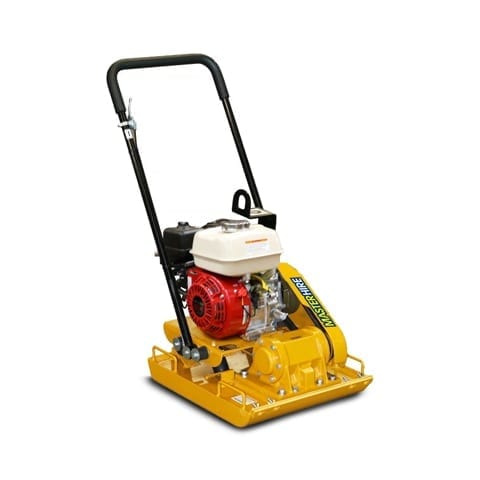
How to compact sand for paving
Specifically compacting sand is tricky due to its granular composition. For this reason, when you are preparing your bed for pavers, it’s critical you compact the bottom layer of dirt/soil, gravel or crusher dust before you put down a layer of sand for your pavers.
Before you start compacting your soil for pavers, make sure the surface you’re compacting is level and the soil is evenly spread. You can use a mini loader, larger tracked loader, with spreader bars, or simply a hand held lawn lever to spread the soil evenly across your surface. Secondly wet it. Ensure the moisture content in the soil is correct. Moisture in your soil is vital to achieving proper compaction as the water helps slide soil particles together. Not enough moisture might lead to inadequate compaction; too much moisture will leave water-filled voids that weaken the soil’s load-bearing ability.
How to compact crusher dust
Crusher dust is a blend of small crushed blue metal rocks and finer dust. Typically used in roads surfacing and as driveways, it can also provide a great foundation for tanks. We recommend you use a mini loader with a bucket to move large amounts of crusher dust around your job site. If you have the option, use a levelling bar attachment to quickly and evenly spread the material around. Again wet it. Wetting the crusher dust not only reduces the amount of dust in the air but also allows for a firmer compaction rate. Once you given it a good soaking use a vibrating plate to further compact the partials together (depending on the area you are compacting you may need a larger machine, even consider hiring a smooth drum roller). You will need to go over the same area multiple times to achieve your desired level of compaction.
Compacting pavers after laying
Once you have laid your pavers neatly on top of your compacted material, whether it is sand or crusher dust, we recommend you go over the top of your pavers once more with a small compaction plate. To prevent damage to your pavers, use a piece of rubber or use a compaction plate with a heavy duty rubber mat attached to the bottom. Running the compaction plate across the top of your pavers will help solidify your hard work. This will send vibrations down through the pavers into the ground beneath working them into a firm foundation.
Tips for how to use a plate compactor
Here are some safety and efficiency tips to help you get your job done safely:
- Wear the correct personal noise protection.
- Run the engine warm in idle speed for a short while before starting work.
- Do not shut the engine down all of the sudden from full speed, but let it idle for a while for temperature equalisation.
- Always maintain good footing so that you do not slip and loose control when starting or operating the machine.
- Clean the underside of the plate regularly to prevent a build up of material. this will allow your machine to move freely.
Can you use a wacker plate on grass?
You can use a plate compactor on grass to compact the soil underneath it. However, it’s important to be aware that the compactor may damage the root system of the grass. This is because compacted soil doesn’t allow water or oxygen to efficiently reach the roots, which can result in stunted growth or even death of the grass. Therefore, it’s important to think carefully about why you need to compact over the grass rather than removing it entirely.
If you do decide to use a plate compactor on grass, there are a few things to keep in mind. Make sure you are not confusing the need to compact grass with a water-filled roller after it has been freshly laid. To clarify further, a water-filled roller is designed to apply gentle pressure to the grass without damaging the root system. On the other hand, a plate compactor is designed to apply much greater pressure and vibration to the soil, which can easily damage the roots and stunt the growth of the grass.

Types of Compactors
It is very important to know what type of machine you require before starting your project. All three examples of small compaction equipment listed below may be referred to by different names.
Upright Rammers
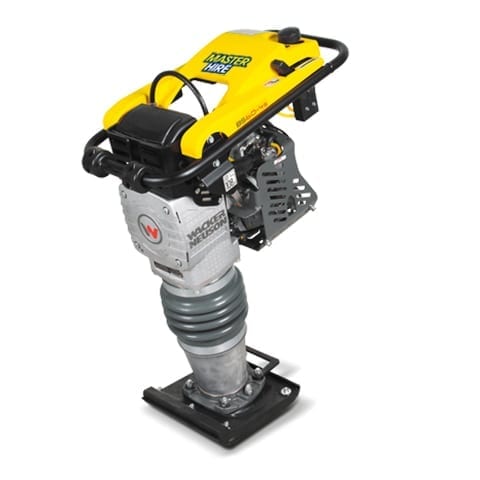
Also known as wacker packers or jumping jacks, upright rammers work great when compacting cohesive soils because of the size of the plate. The smaller plate size allows for a more focused and direct compaction. They are also great for trenches and tight spots where compactors aren’t easy to manoeuvre. They have the ability to compact a deeper amount of soil than a plate compactor.
Pedestrian Rollers
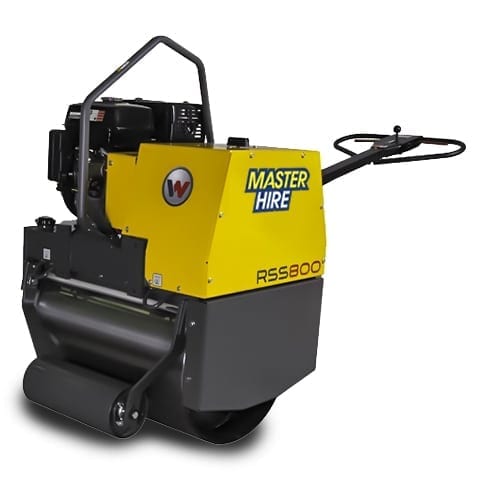
Also known as walk behind rollers, these rollers are perfect for cohesive soils such as silt or clay. They are commonly used for road base or crusher dust which forms a layer below pavements, driveways and parking spaces. They are more suited for larger areas and when more compaction is required. An advantage of using a pedestrian or walk behind roller is that they give greater compaction and travel faster along the ground, therefore, they can complete a large work area faster.
Plate Compactors
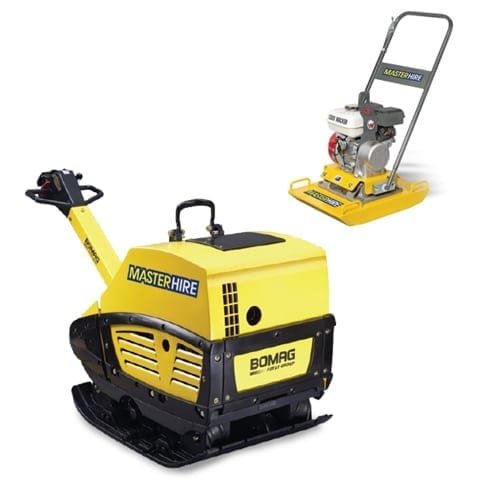
Plate compactors, also known as vibrating plates, are ideal when working with granular soils because they use vibrations to help settle the soil as it compacts. Compactor plates are wider than an upright rammer, which means that its weight and compaction force is spread out over a greater area. Because of their ergonomic design and operating procedure, plate compactors are better for larger, flat surfaces and leave a smoother finish.
In Summary, upright rammers are used for a more direct and focused compaction on cohesive soils. Mainly used in trenches, around pipes/manholes and in areas where other compactors won’t fit. Vibrating plates are used for a more evenly spread compaction on granular soils. Mainly used for bedding sand and road base where an even surface is required. Pedestrian rollers are best used on cohesive soils for larger projects like driveways, where the size, speed and compaction rate of the machine are an advantage.
Master Hire has all three of these small compaction machines available for hire and more information or for hire rates, contact us on 1300 107 107.

